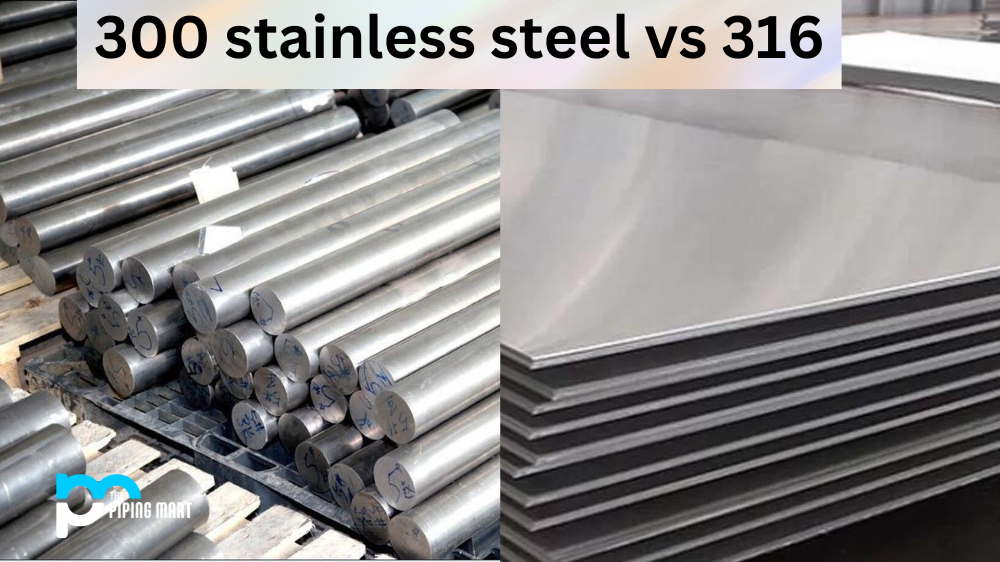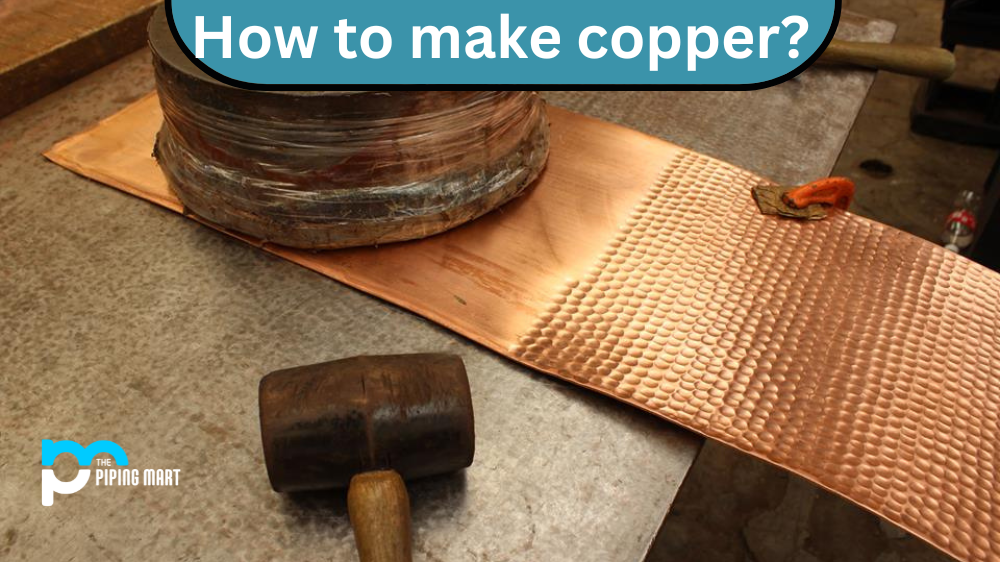You may have heard of the terms “300 stainless steel” and “316 stainless steel” used to describe different types of steel. But what is the difference between them? In this blog post, we will break down the differences between 300 and 316 stainless steel in order to help you make an informed decision about which type of steel is best for your needs.
Difference Between 300 and 316 Stainless Steel
The primary difference between 300 series stainless steel and 316 series is the amount of chromium used in each grade. The 300 series contains up to 0.30 per cent chromium, while the 316 series contains up to 2 per cent chromium. Chromium helps increase corrosion resistance, strength, weldability, formability, and hardenability when used in combination with other metals like nickel and molybdenum.
In addition to containing more chromium, 316 stainless steel also contains molybdenum which helps improve its corrosion resistance properties even further. This makes it a great choice for applications that require extra protection from corrosive elements like salt water or chlorine. It is also often chosen for medical applications due to its non-magnetic properties.
On the other hand, 300 series stainless steel does not contain any molybdenum but still provides excellent corrosion resistance thanks to its higher chromium content. This type of stainless steel is often chosen for applications that do not need as much additional protection from corrosion, such as indoor uses where exposure to moisture is minimal or non-existent. It can also be a more cost-effective choice since it does not contain expensive alloys like molybdenum or nickel.
Composition
300 series stainless sheets of steel are composed of iron, chromium, and nickel. 316 stainless steel is composed of iron, chromium, nickel, and molybdenum.
Corrosion Resistance
300 series stainless sheets of steel are less corrosion resistant than 316 stainless steel due to the presence of carbon. Carbon gives 300 series stainless sheets of steel the ability to be hardened through heat treatment, but it also makes them more susceptible to corrosion.
Temperature Resistance
300 series stainless sheets of steel are not as temperature resistant as 316 stainless steel. This is because the carbon in 300 series stainless steels can form carbides at high temperatures, which can lead to embrittlement.
Strength
300 series stainless sheets of steel are stronger than 316 stainless steel due to the presence of carbon. However, this also means that they are more likely to suffer from corrosion.
Weldability
300 series stainless sheets of steel are easier to weld than 316 stainless steel due to their lower carbon content. However, this also makes them more susceptible to corrosion.
Cost
300 series stainless sheets of steel are less expensive than 316 stainless steel because they do not contain molybdenum.
Conclusion:
When deciding between using 300 or 316 stainless steel for your project, multiple factors should be taken into consideration such as budget, application environment (indoor vs outdoor), and desired level of corrosion resistance. Both grades are great choices depending on your specific needs, but if you need extra protection against corrosive elements, then 316 may be the right choice for you. Ultimately, making an informed decision based on your unique requirements will ensure that you choose the best option for your application.

Abhishek is a seasoned blogger and industry expert, sharing his insights and knowledge on various topics. With his research, Abhishek offers valuable insights and tips for professionals and enthusiasts. Follow him for expert advice on the latest trends and developments in the metal industry.




